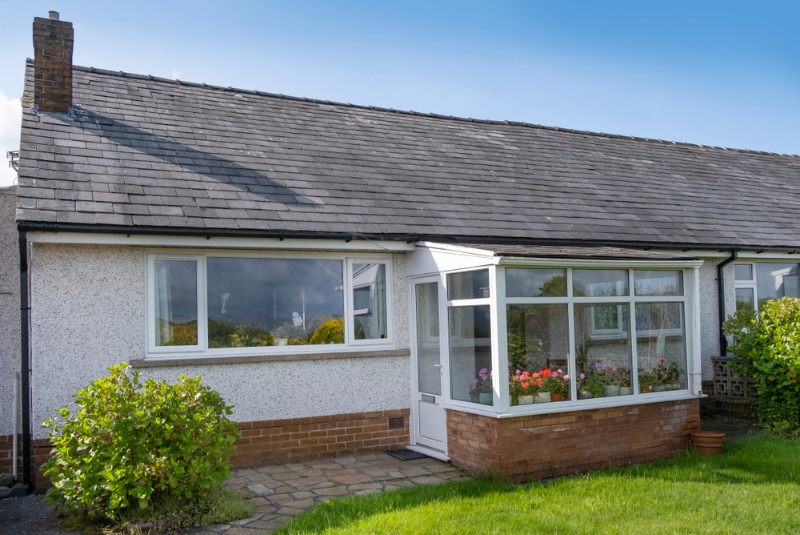Home improvement can be expensive, but you might now know that there are hidden home improvement loans that exist that most people qualify for. Some of them are really easy to get, you just need to know where to look.
Exploring Cost-Effective Home Improvement Loans
Homeownership brings with it not only pride and comfort but also the responsibility of maintaining and enhancing the value of your property. Over time, as homes age, the need for repairs and improvements becomes inevitable. Whether you’re looking to renovate your kitchen, upgrade your bathroom, or make structural changes to your home, the financial aspect can often be a daunting factor. Thankfully, there are affordable home improvement loans available to help you turn your renovation dreams into reality.
The Importance of Home Improvement
Before delving into the world of affordable home improvement loans, it’s important to understand the significance of investing in your home. Home improvement projects not only enhance your living space but also increase the overall value of your property. These improvements can range from small-scale renovations to major structural changes. Whether you’re looking to boost your home’s curb appeal, increase energy efficiency, or create a more functional living space, these projects can be a valuable investment.
Types of Home Improvement Loans
There are several types of loans designed specifically for home improvement projects. Each type has its own unique features and benefits, allowing homeowners to choose the one that best suits their needs and financial situation. Here are some common options:
1. Personal Loans
Personal loans are unsecured loans that can be used for various purposes, including home improvement. These loans typically have fixed interest rates and repayment terms, making them a predictable option for budget-conscious homeowners. Since personal loans are unsecured, they don’t require collateral, but they may have higher interest rates compared to other options.
2. Home Equity Loans
Home equity loans, also known as second mortgages, allow homeowners to borrow against the equity they’ve built in their homes. These loans usually have lower interest rates than personal loans because they are secured by your property. Home equity loans are an excellent choice for larger home improvement projects or when you need a substantial amount of funds.
3. Home Equity Lines of Credit (HELOCs)
HELOCs are similar to home equity loans but work more like a credit card. You can borrow against your home’s equity up to a certain limit, and you only pay interest on the amount you use. HELOCs offer flexibility and are ideal for projects with uncertain costs, as you can borrow as needed.
4. FHA 203(k) Loans
FHA 203(k) loans are backed by the Federal Housing Administration and are specifically designed for home improvements. They allow you to finance both the purchase of a home and the cost of renovations in one loan. These loans often have competitive interest rates and relatively low down payment requirements.
5. Cash-Out Refinancing
Cash-out refinancing involves replacing your existing mortgage with a new one that has a higher loan amount. The difference between the new loan amount and your old mortgage is then given to you in cash, which can be used for home improvements. This option is suitable if you want to take advantage of lower interest rates and tap into your home’s equity simultaneously.
How to Discover Affordable Home Improvement Loans
Finding the right affordable home improvement loan for your needs involves thorough research and careful consideration. Here are some steps to help you discover the most suitable loan options:
1. Assess Your Needs and Budget
Start by determining the scope of your home improvement project and estimating the total cost. Having a clear understanding of your needs and budget will guide you in selecting the right loan type and amount.
2. Research Lenders
Explore various lenders, including banks, credit unions, online lenders, and mortgage companies. Each lender may offer different loan terms, interest rates, and eligibility requirements, so it’s essential to shop around and compare your options.
3. Check Your Credit Score
Your credit score plays a significant role in the interest rates and loan terms you qualify for. Obtain a copy of your credit report and work on improving your credit score if necessary. A higher credit score can lead to more affordable loan options.
4. Get Loan Quotes
Request loan quotes from multiple lenders to compare interest rates, fees, and repayment terms. Pay close attention to any hidden costs or prepayment penalties, as these can affect the overall affordability of the loan.
5. Consider Government Programs
In some cases, government programs or grants may be available to assist with home improvement projects, especially those related to energy efficiency or accessibility. Research these programs to see if you qualify for any financial assistance.
6. Review Loan Documents Thoroughly
Before committing to a loan, carefully review all loan documents, including the terms and conditions. Ensure you understand the interest rates, repayment schedule, and any fees associated with the loan.
Conclusion
Affordable home improvement loans provide homeowners with the financial flexibility to enhance and maintain their properties. Whether you opt for a personal loan, a home equity loan, or another financing option, the key is to choose a loan that aligns with your needs and budget. Remember that improving your home not only enhances your living space but also increases its value, making it a sound investment for the future. So, take the time to explore your options, compare lenders, and embark on your home improvement journey with confidence. Your dream home may be closer than you think.





